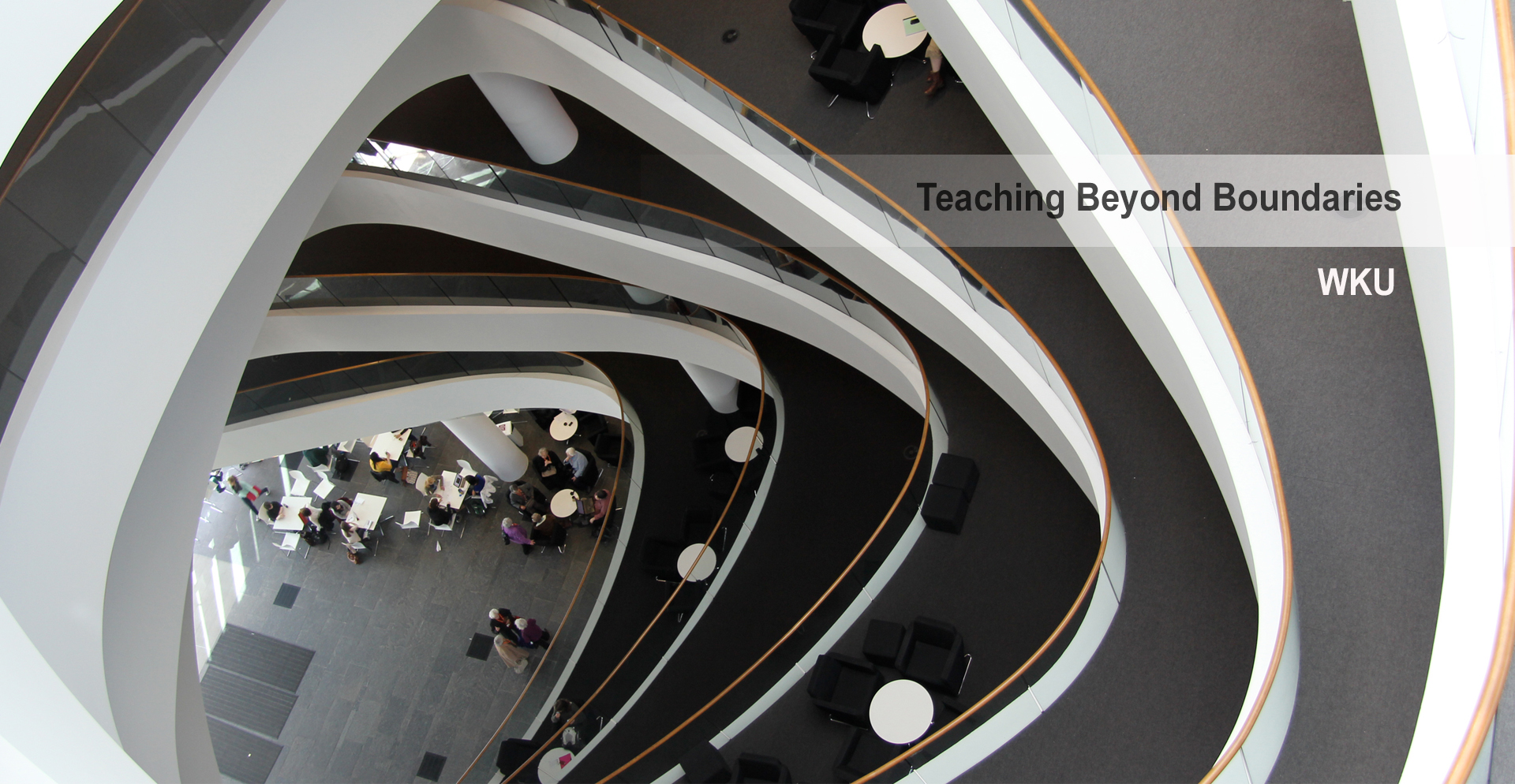
Wenzhou-Kean University
China
Teaching Beyond Boundaries – Education Outside the Classroom
.
.
Teaching Beyond Boundaries – Education Outside the Classroom
Today, the education sector sits within a new set of conditions. In the built environment, architects, urbanists and planners operate in changed studio settings. In teacher training and education studies, modes of delivery have been radically altered. In social sciences, The what and the how of teaching in disciplines like anthropology, sociology, and cultural theory is under scrutiny and subject to criticism. In the arts, media and design, the pressure on students to consider a ‘job’ often conditions the curriculum and frames student expectations. Whether approaching teaching from the perspective of the sciences or the frameworks of the humanities, we are traversing turbulent times. In this context, the Beyond School Boundaries strand sets three topics, each of which posits several questions:
Education Outside Walls: How can educational institutions contribute to informing public audience on issues relevant to society today – whether that be in the fields of the built environment, social justice, environmental sustainability or others? Can we raise public expectations and engagement with such issues beyond affecting our own students directly? Is it possible to take education outside the walls of the campus and teach within communities? Can the education sector reformulate standard academic discourse to reach a more general audience? In the complex world of today, is it now obligatory for students to be working and learning with communities, industry and other stakeholders?
Place-Based Education: How can education agendas embrace local problematics? Can we demonstrate a deeper understanding of the places and regions we are located in? Do we meet the needs of our local populations and stake-holders? Can education contribute to the local discourse on community empowerment, or support public health initiatives etc? Can universities focus more on the social and cultural dimensions of neighborhoods such as supporting vernacular design and community development rather than the autonomous discourse of our respective canons?
Cross-Disciplinary Education: How does a disciplinary education enrich itself? What are the benefits for a given discipline when its students engage with other fields? What are the strengths and weaknesses of student and professor participation in cross-disciplinary projects? For example, against the illusion that an architect or social policy planner can design everything, should we be teaching students to work collaboratively? In contrast to understanding environmental agendas as isolated, should we be doing more to support the inclusion of these questions in all educational fields as a universal and shared problem?

Part of the conference Teaching Beyond the Curriculum: See Full Call
![]()
Research Context
Wenzhou-Kean University (WKU) is a province-state friendship project between the Zhejiang Province and New Jersey in the United States. Striving for excellence in building an international university with world-class education, it is dedicated to the principle of “providing students with different ways of development.” The University offers small size classes and adopts an inquiry-based learning approach. The university aims to cultivate students with global vision, know-how of international rules and conventions, and innovative creative and initiative competences. “Start here, go anywhere.” The College of the university coordinating this strand is the Michael Graves College. Comprised of two schools, the School of Design and the School of Public Architecture. It is committed to transforming architectural and design education by making it meaningful to a wider public.
People
Vincent Peu Duvallon, Executive Director of the School of Public Architecture and Assistant Professor of Architecture
More information: Wenzhou-Kean University | WKU Research | Michael Graves College
Submit an Abstract | Return to Full Call
Queries: conference@amps-research.com

